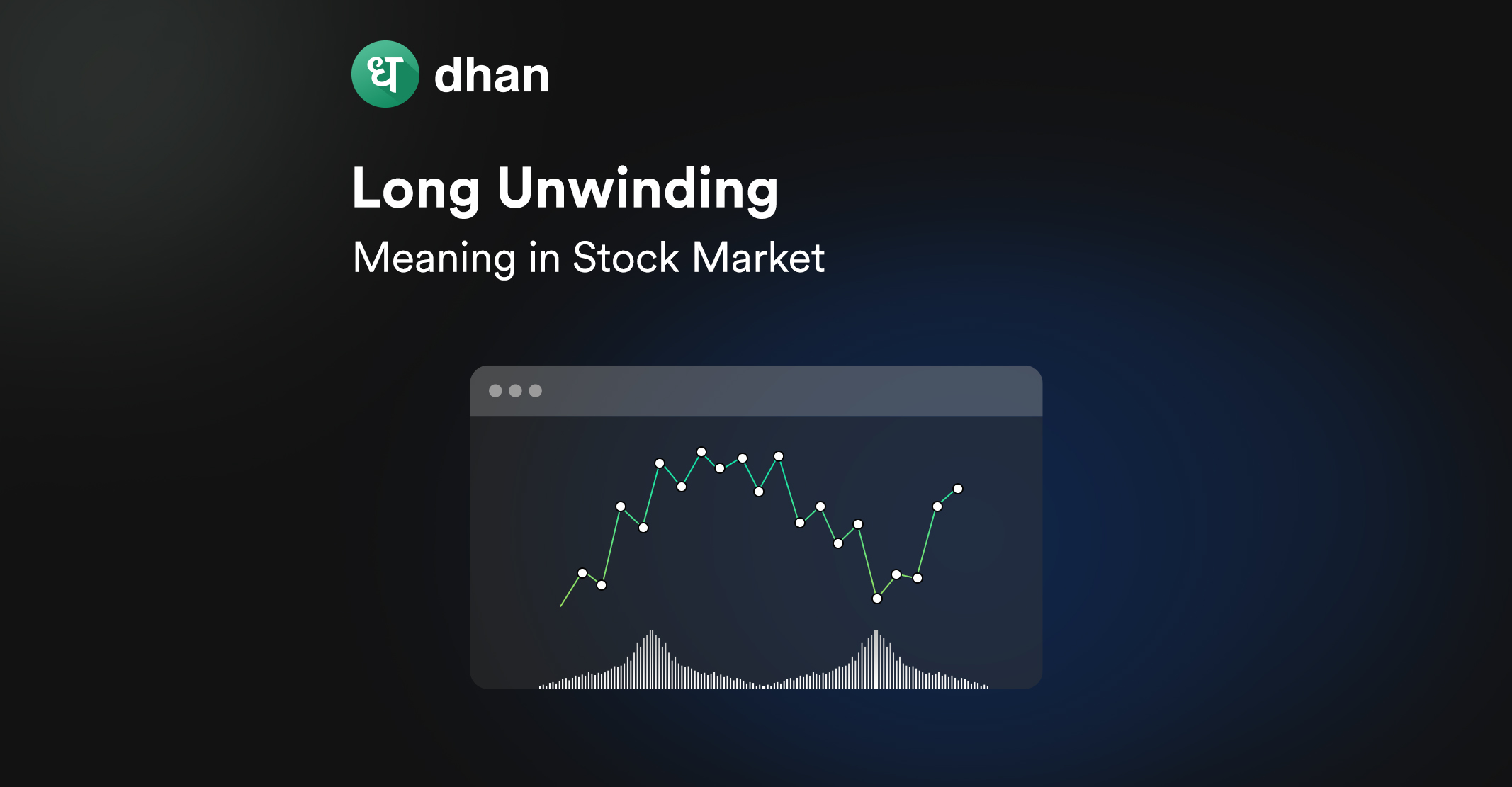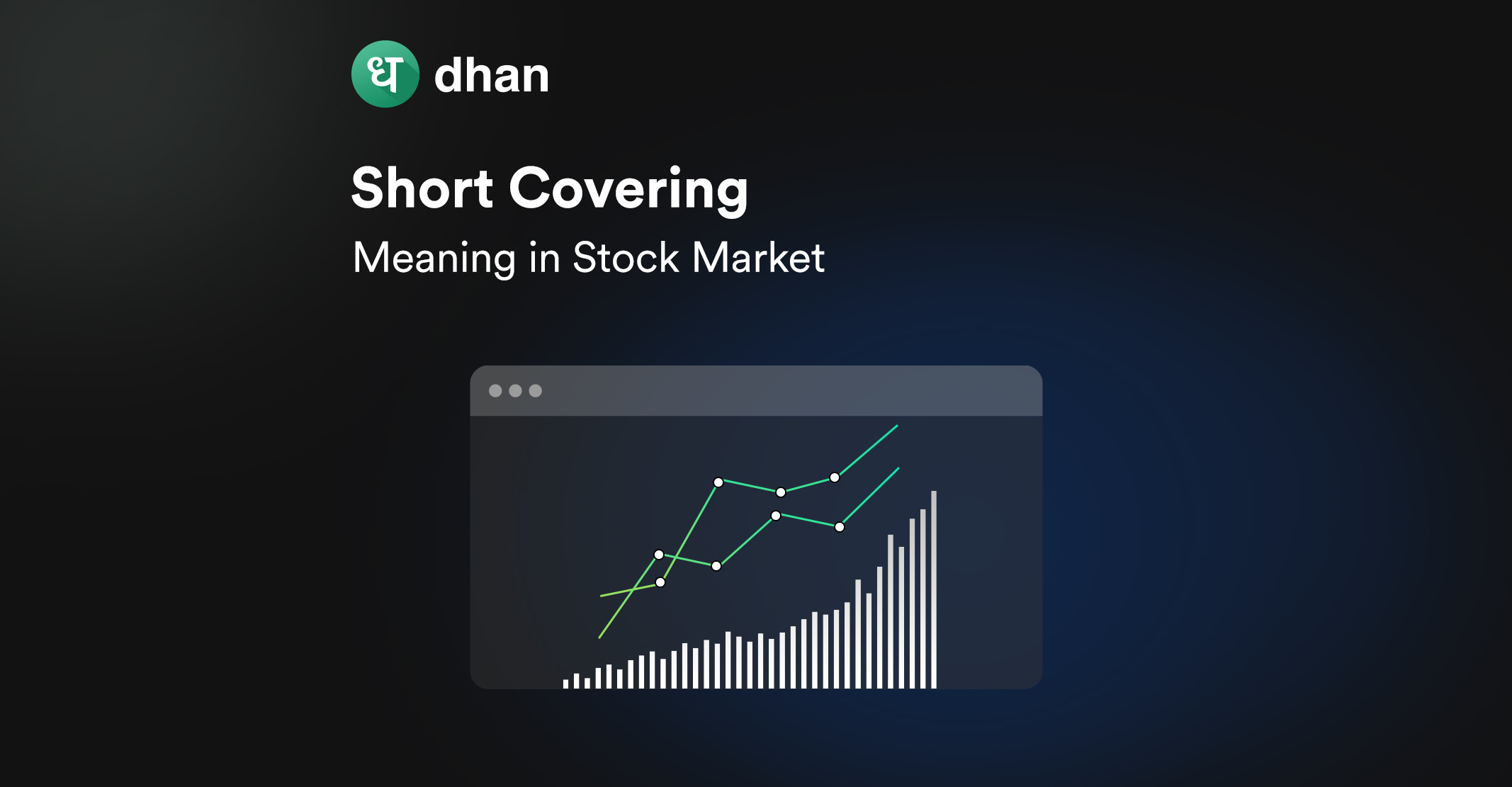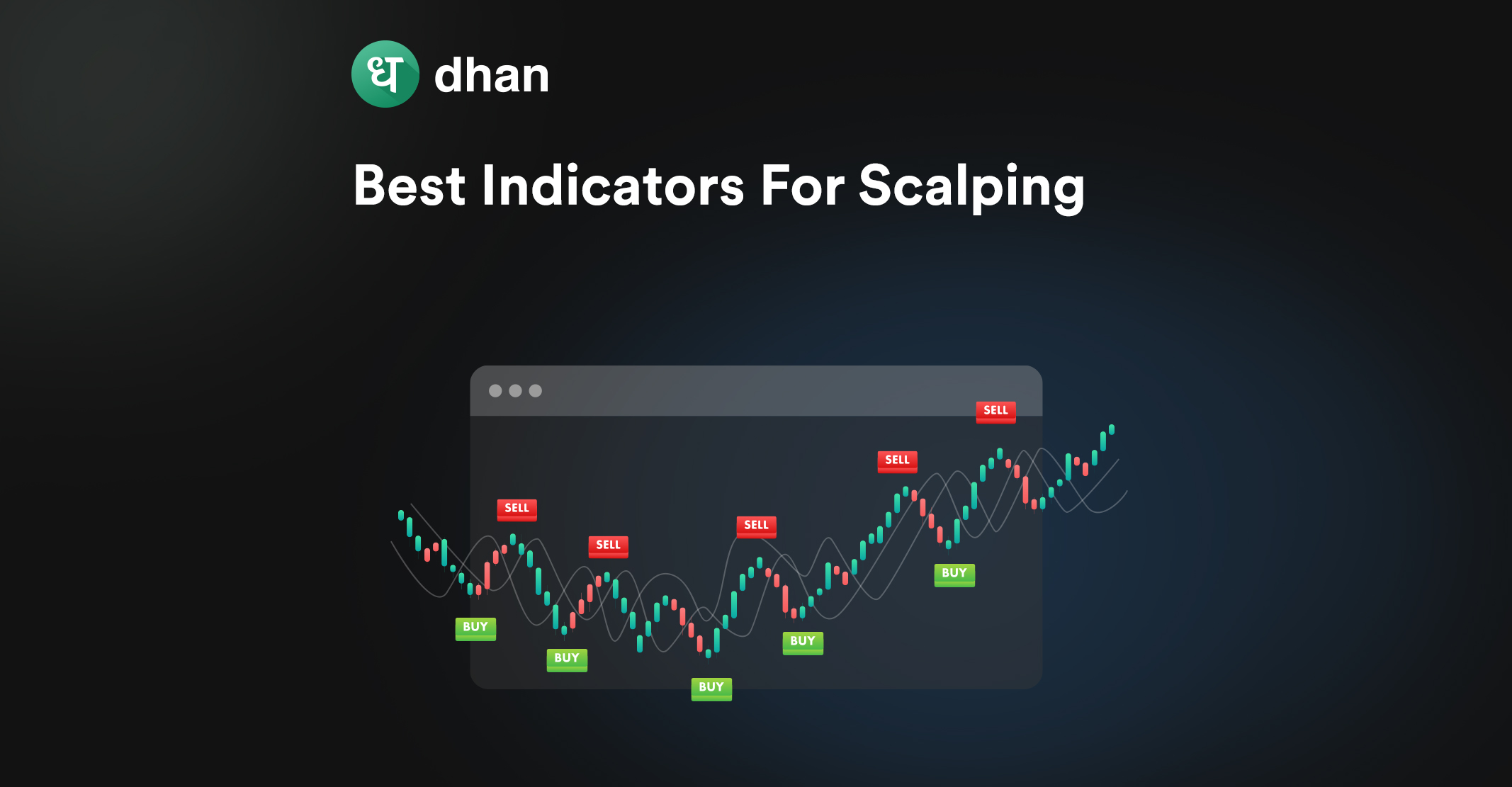Long unwinding refers to the gradual and cautious process of selling off long positions in stocks or other assets.
Understanding this term is essential, as it can provide valuable insights into market sentiment and potential price movements.
This article will explain the long-unwinding meaning in stock market, its impact on stock prices, and much more. Join us!
Understanding Long Positions
A long position in the stock market is a buy position taken with the view of holding the best shares for the long term. It is also known as going long.
This strategy is employed exclusively when acquiring securities, making it suitable for investors and traders with a bullish outlook.
However, it won’t help you profit during market turbulence or when stocks decline.
Long positions are favored in bull markets or when investing in growth stocks for potential capital gains. The opposite of long buying is short selling.
What is Long Unwinding in the Stock Market?
Long unwinding means investors or traders are closing out their previously held long positions in the stock market. This involves selling assets they once anticipated would rise in value.
Reasons for long unwinding can vary, such as profit-taking, changing market sentiment, or risk mitigation. It often reflects a shift from a bullish outlook to a more neutral or bearish one.
Long unwinding can influence market dynamics and impact stock prices, leading to increased selling pressure.
Signs and Indicators of Long Unwinding
Signs and indicators of long unwinding in the stock market include:
- High Volume Selling: A sudden surge in trading volume, particularly on the sell side, can signal long positions being closed.
- Price Declines: A consistent downtrend in the price of a stock or asset, especially after a prolonged uptrend, suggests long unwinding.
- Bearish Technical Patterns: Patterns like head and shoulders or double tops can indicate a shift from long positions to short positions.
- Reduced Open Interest: In futures and options markets, declining open interest in long contracts can be a sign of unwinding.
- Changing Sentiment: Market sentiment turning from bullish to bearish can drive long unwinding as investors reevaluate their positions.
- Divergence from Market Trends: When an asset underperforms the broader market despite previous strength, it may result from long unwinding.
Monitoring these signs and indicators can help investors anticipate market shifts and adjust their strategies accordingly.
What Happens to Stock Prices After Long Unwinding?
Long unwinding can impact stock prices in India. Excess supply often leads to a drop in stock prices when you offload shares.
This can be due to profit-taking, reduced investor confidence, or market sentiment. When many investors unwind their positions simultaneously, it can cause significant price fluctuations, affecting market stability and leading to potential losses.
You need to monitor market conditions, sentiments, and the reasons behind unwinding to make informed investment decisions and navigate these fluctuations effectively.
Is Long Unwinding Bullish or Bearish?
Long unwinding happens when several people start selling their shares. This automatically makes you wonder – is it a good thing (bullish) or a bad thing (bearish)? The answer lies in the context.
Truth is, stock prices drop when there’s a sudden wave of selling. Why? Because some people want to make a quick profit, others get a bit worried about the whole market, or perhaps it just fits the theme of the market at the time.
Sudden selling of shares in droves can impact not only the stock but the entire market, as prices become much more unpredictable than they are already.
So, when you’re thinking about whether long unwinding is a good or bad sign, it boils down to watching how the market is doing, what people are thinking, and why they’re selling in the first place. In principle, it is bearish.
Making Sense of Long Unwinding in Option Chain
Understanding long unwinding in the option chain involves recognizing changes in open interest and option prices. Long unwinding occurs when you close out your existing long-option positions.
This is reflected in decreasing open interest in those options. As a result, the demand for these options decreases, causing your prices to drop.
It can indicate a shift in market sentiment or the belief that the underlying asset won’t move as anticipated.
Monitoring open interest changes and option price movements can help you gauge market sentiment and adjust your strategies accordingly.
Long Unwinding vs. Short Covering: Key Differences
Short covering and Long unwinding are two different strategies in the financial markets:
| Aspect | Long Unwinding | Short Covering |
| Market Sentiment | Typically reflects a shift from bullish to neutral/bearish sentiment. | Typically reflects a shift from bearish to neutral/bullish sentiment. |
| Impact on Prices | Decrease: selling pressure increases | Increase: buying pressure increases |
| Open Interest | Decreases as long positions are closed, leading to lower demand for the asset. | Decreases as short positions are covered, reducing the need for borrowing the asset. |
| Strategy | Often involves profit-taking or risk mitigation. | Often occurs to limit losses or manage risk in a short position. |
Should You Go Long Unwinding in the Stock Market?
If you possess in-depth knowledge and experience in trading and can anticipate market crashes for potential profits, long unwinding could indeed be a lucrative strategy.
On the flip side, those uncertain about market risks may employ long unwinding to recover losses and stabilize their trades.
Traders or investors holding long positions may opt for long unwinding when they lose faith in a stock’s future prospects.
They sell when the stock appears high, anticipating an intraday drop. This enables them to repurchase the stock at a lower price, resulting in substantial gains.
However, short-positioned traders using long unwinding may face significant losses, particularly if erroneous operations occur.
In such cases, brokers can encounter unexpected losses due to traders’ actions. Assess your risk tolerance and market conditions before engaging in long unwinding.
Conclusion
Understanding the concept of long unwinding in the stock market is crucial for investors. It refers to a prolonged selling trend of a stock.
However, be mindful of market trends, as they can impact your online stock trading decisions.



